My friends at Online Education Database shared a great list this week. It's the "12 Most Surprising Sophomore Novels." These are second novels from literary greats. For those of us who have put out that second novel, or are working on it, this is a very encouraging list! Enjoy!
12 of the Most Surprising Sophomore Novels Ever
Much has been said about the sophomore slump, the phenomenon in which authors' second efforts fail to live up to their first works. But for these writers, the reality is exactly the opposite. In many cases, their second novels were among their most famous and critically acclaimed works, creating novels that many believe to be among the greatest of all time. Whether you're a newbie writer, an old pro, or going through your own sophomore slump experience, these stories can give you the confidence to do well in your own efforts.
- Midnight's Children:
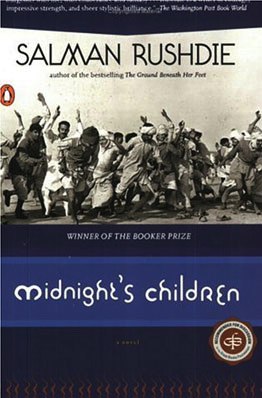
Salman Rushdie's first novel, Grimus was critically panned, facing "almost universal critical derision." So no one was expecting to be blown away by Rushdie's second novel, Midnight's Children, a work of historical fiction that depicts India's transition into independence after British colonialism. Amazingly, this sophomore novel redeemed Rushdie as a writer, earning the Booker Prize and a spot on the list of Penguin Books' Great Books of the 20th Century. Whereas Grimus is mostly forgotten, Midnight's Children is believed to be a great example of both magical realism and postcolonial literature. - Oliver Twist:
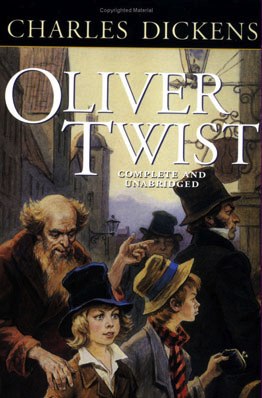
When you think of Charles Dickens, chances are good that the first novel that pops into your head is not The Pickwick Papers. Although it was popular in its time and adapted into both film and television, it is a fairly obscure work. Dickens is much more widely known for his famous works including A Christmas Carol, Great Expectations, Little Dorrit, A Tale of Two Cities, and his second novel, Oliver Twist. This social novel exposed the troubles of child labor and the recruitment of children as criminals, and took a much darker tone than the comically adventurous Pickwick Papers. Dickens' Pickwick fans were certainly in for a surprise when they found this exceptional social commentary that became an instant success. - The Beautiful and Damned:
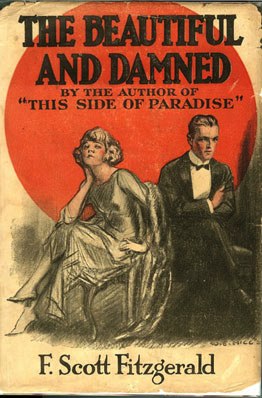
F. Scott Fitzgerald earned his fame and reputation with his first novel, This Side of Paradise, which criticizes the intersection of love with status-seeking. In his second novel, The Beautiful and Damned, Fitzgerald follows in the same vein, exploring the vocations and love stories of the Eastern elite, but surprisingly, turns the story on himself: this book is believed to be largely based on Fitzgerald's own life. - The Fortunate Pilgrim:
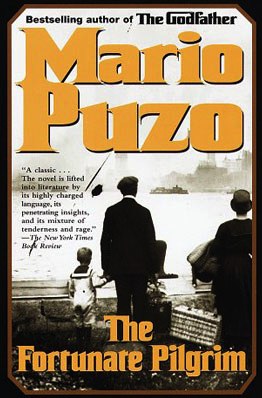
Mario Puzo is most famous for The Godfather, but before that masterpiece came The Fortunate Pilgrim, a work that laid the foundation for his career-defining novel. This novel was a surprise hit, following his first novel, The Dark Arena by a full 10 years, a book that received only modest acclaim. Mario Puzo is said to have considered The Fortunate Pilgrim to be his very best literary work, and was saddened that it was outshone by The Godfather. - Her Fearful Symmetry:
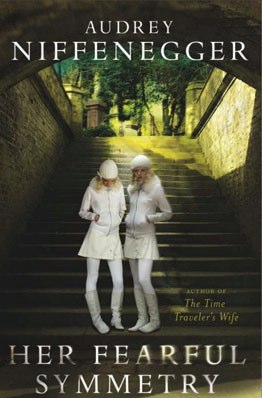
Audrey Niffenegger published her first novel, The Time Traveler's Wife in 2003, and while many authors rush to publish their second novel before they fall off the radar, Niffenegger surprisingly waited six years to bring this one along. Although Her Fearful Symmetry was met with mixed reception, it offers an enjoyable depiction of London's Highgate Cemetery and a ghost story without a limited amount of creepiness. - Captains Courageous:
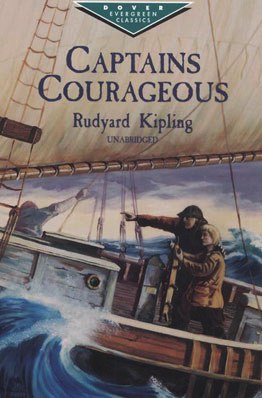
Rudyard Kipling's first novel, The Light that Failed is full of sadness, despair, and death. But Kipling took a step toward his most famous work, The Jungle Book series of short stories, when he wrote his second novel, the lighthearted Captains Courageous. In this work, Kipling shares the adventures of a young, spoiled brat who is washed overboard and thrust into an adventurous life that he is not prepared for. - Tristram Shandy:
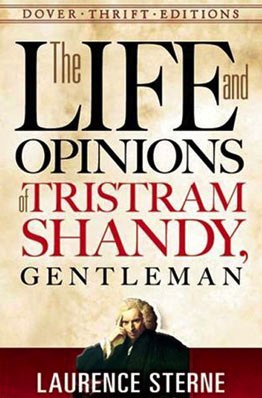
Before Laurence Sterne's most famous novel, Tristram Shandy came A Political Romance, a novel about a provincial squabble full of scandal and allegory. Although it has been described as "rich," it pales in comparison to Tristram Shandy, a novel that was one of the very first bestsellers, and was so popular that it was dismissed as "too fashionable for its own good." - The Scarlet Letter:
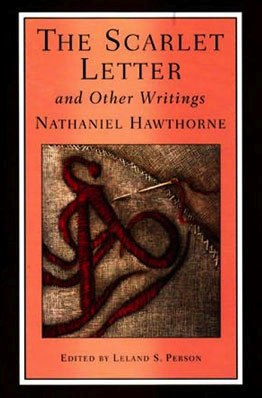
Considered to be Nathaniel Hawthorne's magnum opus, The Scarlet Letter shares adulteress Hester Prynne's story of struggle. It was the first work that he claimed as his own; Hawthorne had previously published his first novel Fanshawe anonymously. The Scarlet Letter's subject matter is shocking in nature, and in 1850, adultery was quite a risque subject, making this a surprisingly popular novel in its time. - The House of Velvet and Glass:
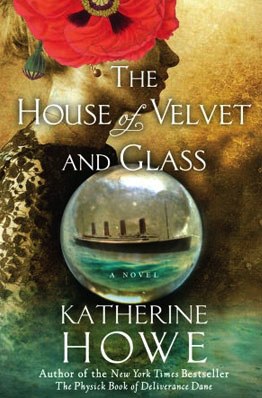
Katherine Howe took a fearless approach to her sophomore novel, delving into a subject that has been covered hundreds of times over: the Titanic. This year, April 15th, was the 100th anniversary of the accident, and just this year, more than 100 books about the Titanic have been published. It's intriguing how Howe's taken on an over-written subject for her sophomore novel and really made it work, offering perfect historic details and the fallout of the accident as it impacts a young woman left behind to survive. - The Lovely Bones:
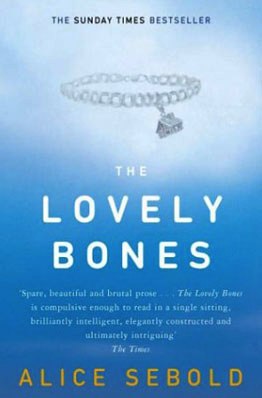
Alice Sebold made her writing debut with Lucky, a short memoir about her own experience as a rape victim. Although it has been critically acclaimed, Sebold didn't receive much recognition for it. In fact, many incorrectly believe The Lovely Bones to be Sebold's first book. This second work was a smash hit that offers a fictional account of a very similar situation: it tells the story of a girl who was raped and murdered, and watches omnipotently as the aftermath of her tragedy plays out. The Lovely Bones was an instant bestseller, and was released in a film adaptation in 2010. This was a surprising feat from a mostly unknown young author. - Pride and Prejudice:
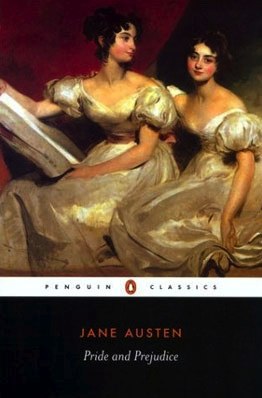
Pride and Prejudice is another great example of a runaway hit following a solid, but mostly unnoticed debut novel. Jane Austen's first novel, Sense and Sensibility, was a success, selling out of its first edition and later going on to be adapted for film and TV several times over, but it was Austen's second novel, Pride and Prejudice, that she is most famous for. It is highly regarded as one of the most well-loved books of all time, and has inspired countless adaptations and spinoffs. - Ulysses:
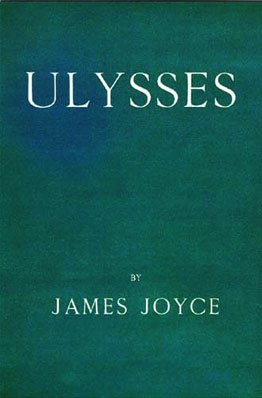
The stories behind James Joyce's early works are quite remarkable. His first novel, A Portrait of the Artist as a Young Man was a revision of an abandoned manuscript that Joyce himself nearly burned in a fit of rage. It is surprising that this novel exists, and it is just as surprising that Ulysses came into existence. Joyce found difficulty getting a publisher to accept Ulysses due to censorship problems, and as a result, many different, and often inaccurate, editions of the book exist. Despite these difficulties, Joyce's work has pulled through to become one of the best books of all time.

No comments:
Post a Comment